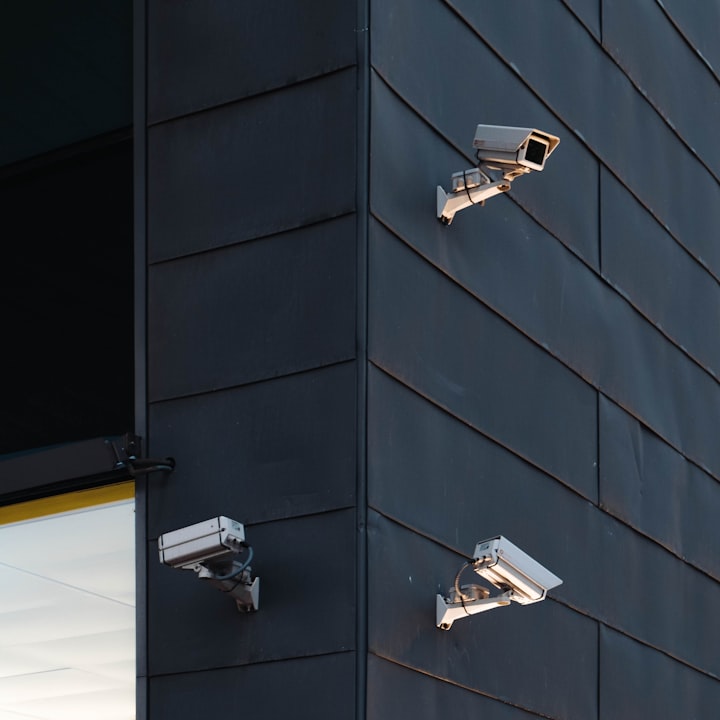Are USB Cables on the Verge of Making Ethernet Cables Obsolete?
Will USB cables render Ethernet cables obsolete for data transfer in technology infrastructure?

In today's fast-paced world, the battle for dominance between USB and Ethernet cables is intensifying.
The quest for efficient data transfer and seamless technology infrastructure has put these two contenders in the spotlight.
Speed and Versatility
USB cables have evolved over the years, offering improved speeds and the capacity to transmit a variety of data, including audio and video.
However, Ethernet cables are not far behind, capable of delivering similar speeds of up to 10Gbps over an inexpensive eight-strand twisted copper cable, reaching up to 330 feet (100 meters) in length.
The simplicity of installing and terminating Ethernet cables makes them a reliable choice in various setups.
Compatibility and Reliability
The existing infrastructure is a critical consideration.
Many systems, especially in large-scale setups and businesses, are already equipped with Ethernet ports.
Switching to USB ports would necessitate a significant overhaul, posing economic and logistical challenges.
Additionally, Ethernet cables provide a steadfast and stable connection, particularly in environments where interference and network congestion are concerns.
Power Delivery and Future Developments
While USB cables excel in powering and charging devices, leading to the growing adoption of USB-C in modern devices, Ethernet cables are now integrating Power over Ethernet (PoE) technology.
This innovation enables Ethernet cables to transmit power alongside data, expanding their functionality and relevance in empowering various devices and systems.
As technology advances, both USB and Ethernet cables are likely to undergo further developments to enhance their capabilities and compatibility with future devices and systems.
Cost and Accessibility
The aspect of cost and accessibility also comes into play.
Traditional Cat5e and Cat6 Ethernet cables are highly cost-effective and widely available, making them a popular choice for various installations, from home networks to large-scale enterprise setups.
Conversely, while USB cables are prevalent for personal devices, their adoption in broader network infrastructures may present cost and compatibility challenges.
User Preference and Industry Standards
End-user preference is a significant factor.
In professional audio-visual and network setups, the reliability and standards associated with Ethernet cables make them a preferred choice.
Similarly, in the computing and consumer electronics sector, USB cables have become synonymous with data transfer and device connectivity.
Industry standards and user familiarity play a crucial role in determining the prevalence of these cable types.
Environmental Considerations
The environmental impact of widespread cable replacement cannot be overlooked.
With an increasing emphasis on sustainability and electronic waste management, a mass transition from Ethernet to USB cables and vice versa would raise concerns about the disposal and recycling of outdated hardware and cabling infrastructure.
As we delve into the complexities of these cable technologies, it becomes evident that USB cables, while versatile and widely used, have not replaced other cable types such as Ethernet due to a combination of factors, including speed, compatibility, reliability, cost, user preference, and environmental considerations.
The coexistence of these cable types in different applications highlights the unique strengths and capabilities they offer, paving the way for a diverse and adaptable technological landscape.
While the search for the ultimate universal cable solution continues, the current ecosystem benefits from the array of options, each tailored to specific needs and use cases.






